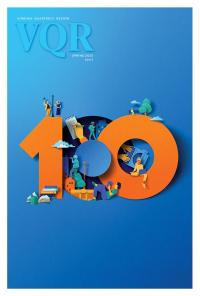Jack R. Fischel is the author of The Holocaust (Greenwood, 1998) and Historical Dictionary of the Holocaust (Rowman & Littlefield, 1999) and coauthor of The Holocaust and Its Religious Impact (Praeger, 2004). He is professor emeritus of history at Millersville University in Pennsylvania where he taught for thirty-seven years.
